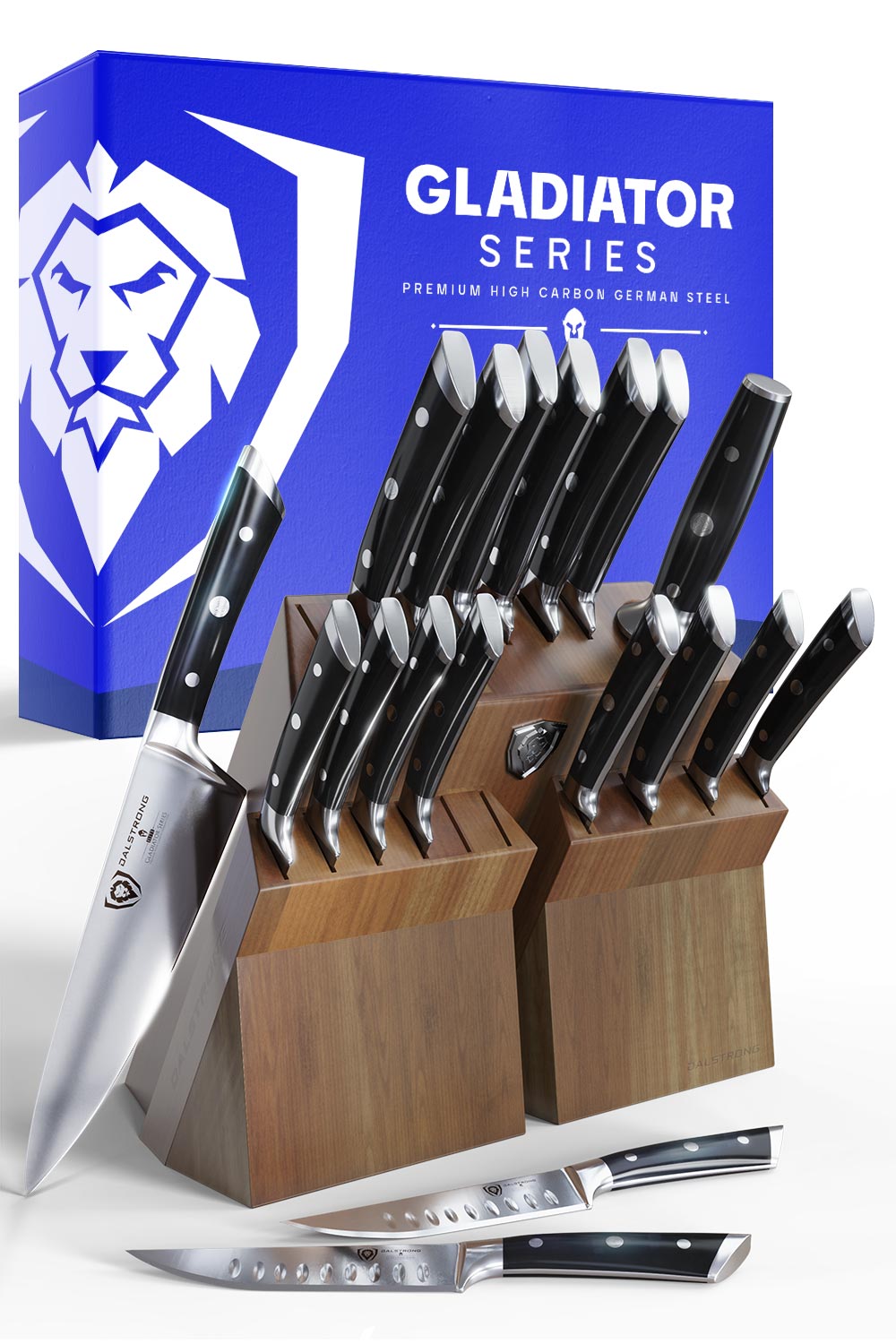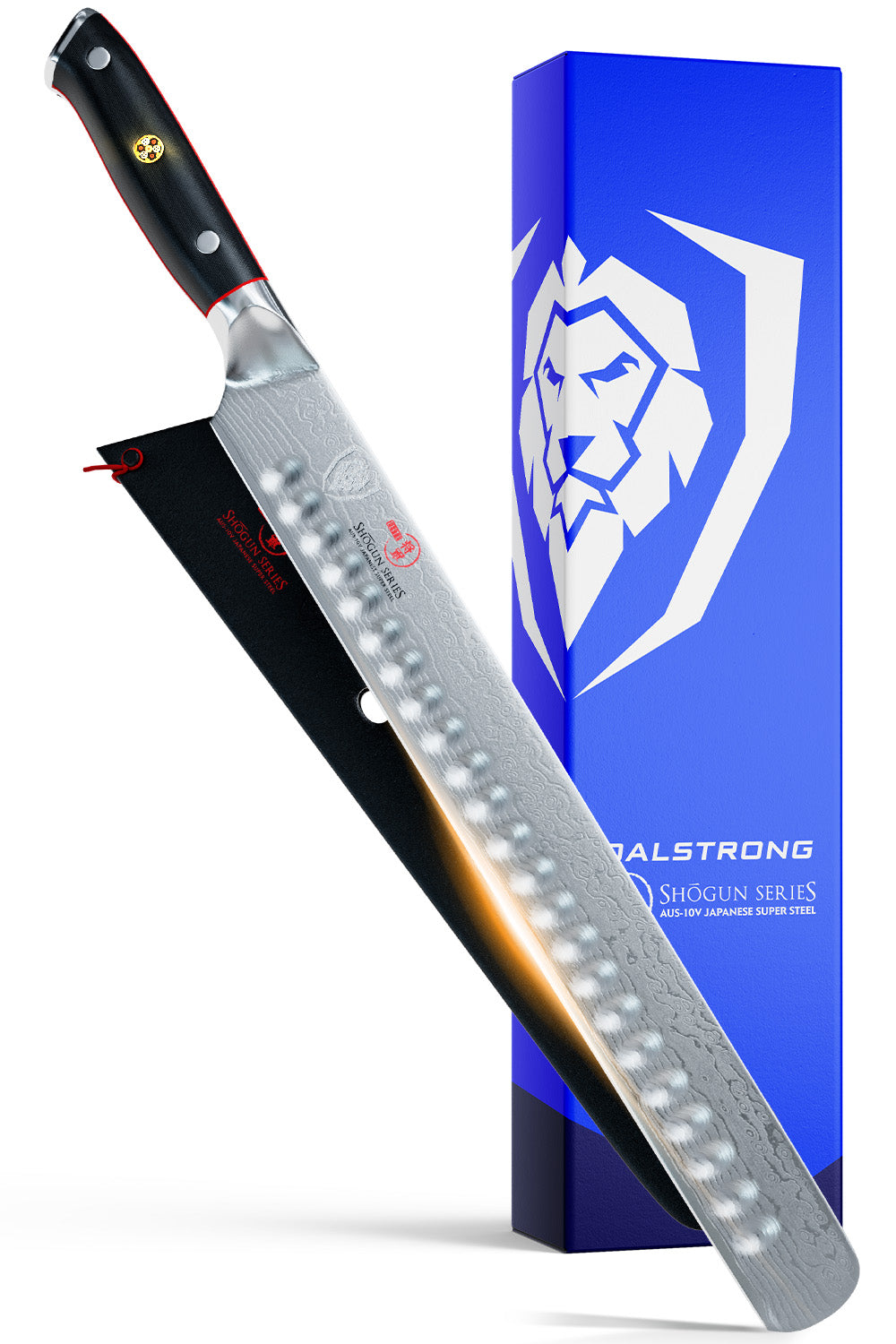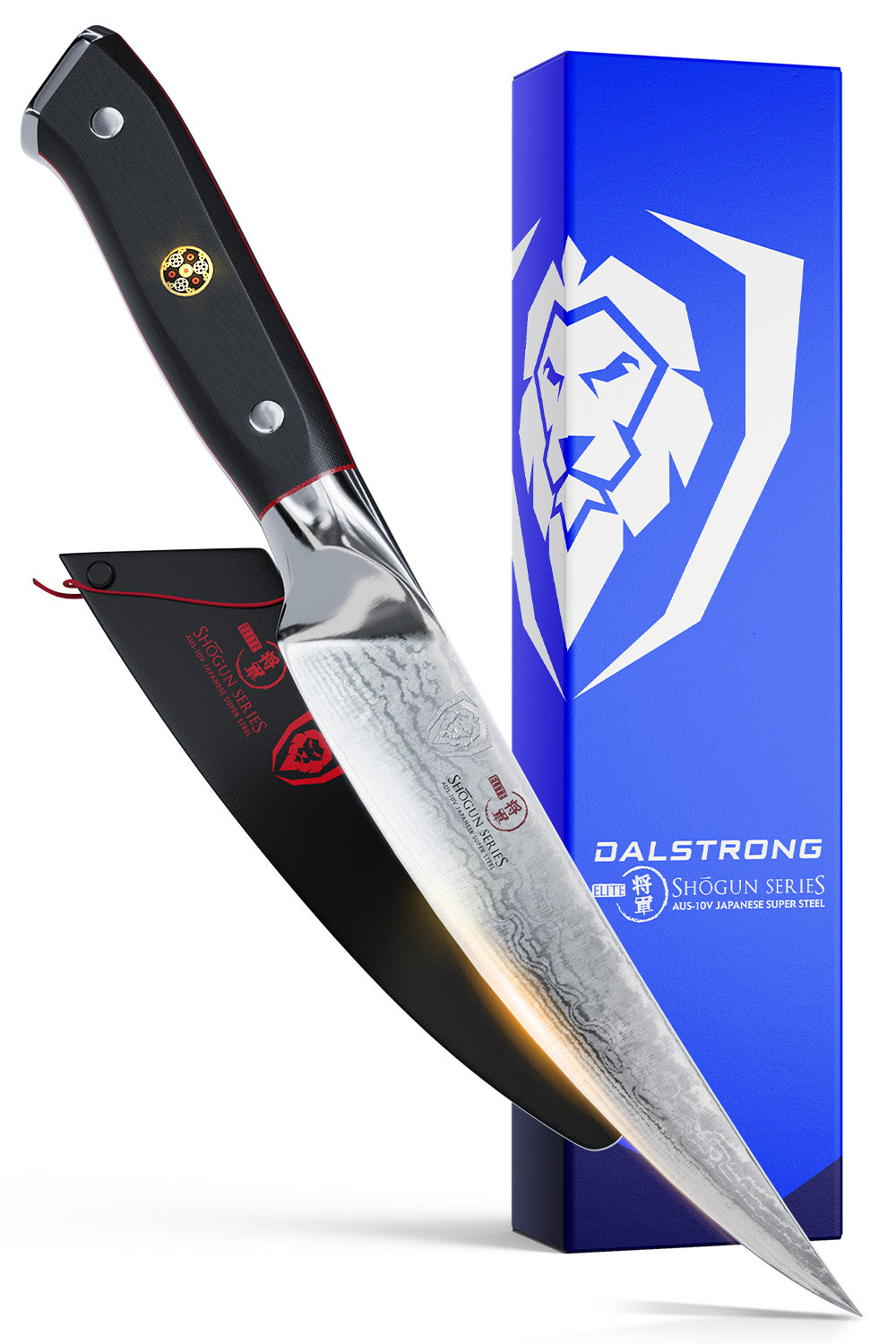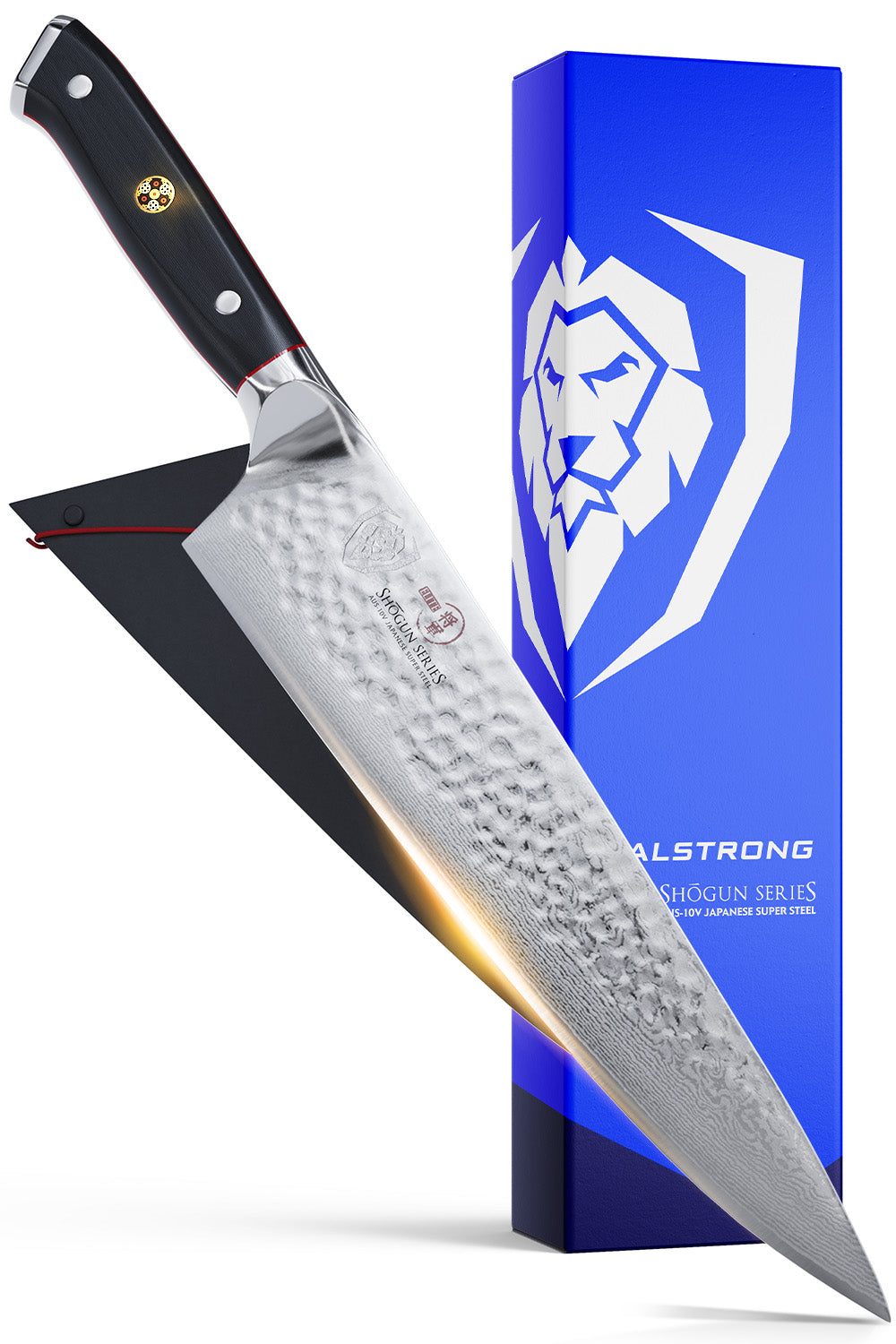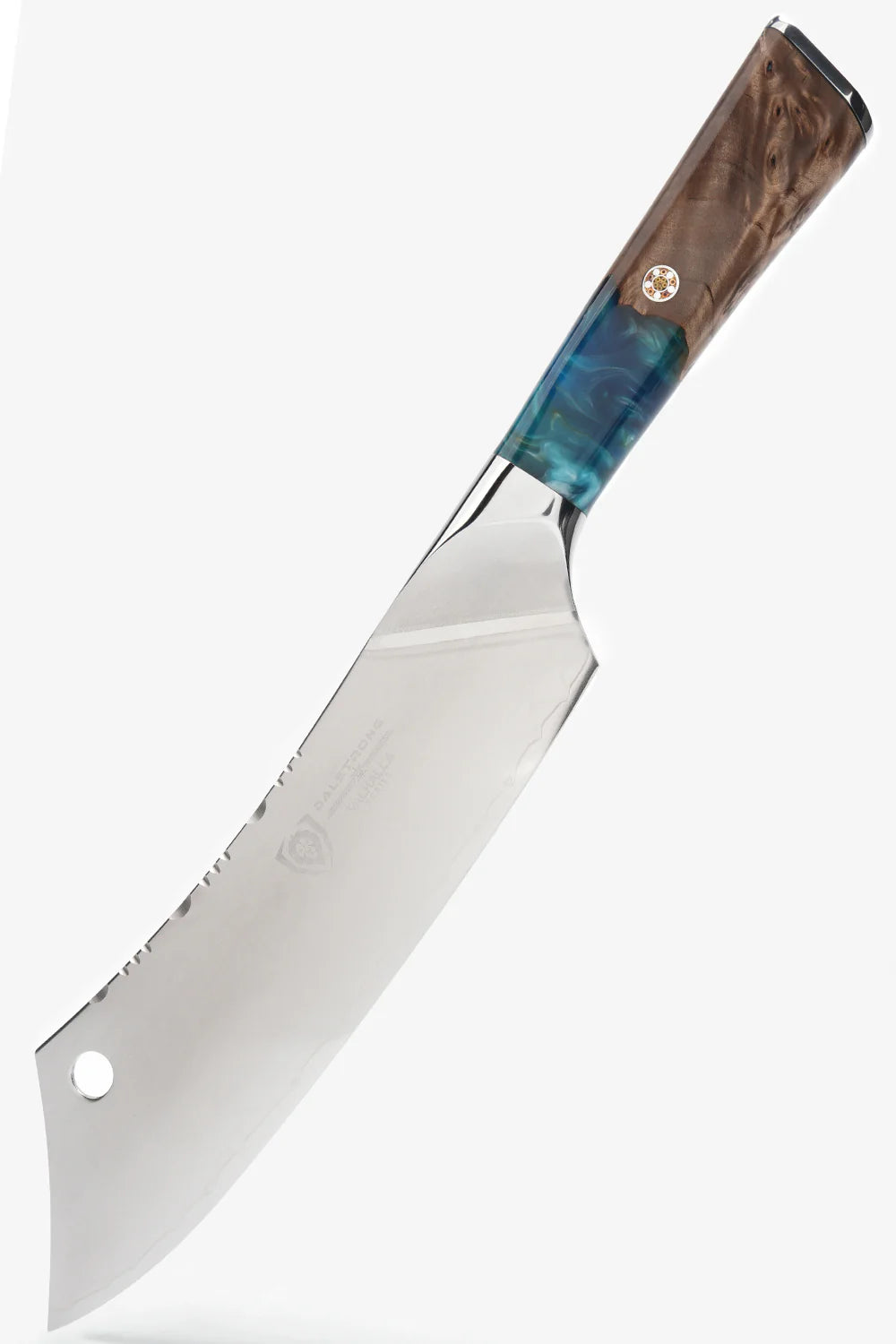
A Dutch Oven is one of the most versatile items, cooking, searing, and baking whatever you place in it, effortlessly. It is supremely useful and a lot of this credit goes to the excellent heat retention properties of the enameled cast iron dutch oven. Wondering what it is that makes a classic Dutch Oven a timeless investment for your kitchen? Well, then you’ve come to the right page.

Overview
Before multi-cookers came along, a cast iron Dutch Oven was the trusted multitasker of almost every kitchen. In this blog, we talk about these heavy, bombproof pots that go back to colonial America and have been an integral piece of cookware for anyone passionate about cooking.
Table of Contents
- What is a Dutch Oven?
- Pros and Cons of Dutch Ovens
- Mistakes to Avoid with Dutch Ovens
- How to Clean Dutch Ovens?
- Alternatives to Dutch Ovens
- Frequently Asked Questions
Be it searing meat or preparing braises, soups, or stews, nothing is impossible for this multitasker. A Dutch Oven also makes it possible for you to cook a wide range of mouthwatering things like rice dishes, sauces, fried chicken, and even crusty bread just like Martha Stewart. This is one of the most reliable pieces of cookware in your kitchen arsenal and if properly cared for, it can last a lifetime.
Some forms of Dutch Ovens have been around for hundreds of years but recently, their popularity has grown. I have been trying my hand at experimenting in the kitchen for a few years now and trust me, tried and true pots like a good ol’ Dutch Oven has been my trusted partner.
Now, without wasting any more time, let’s take a look at everything you need to know about a Dutch Oven, what you can do with it, and also take a look at some alternative cookware options that can be a worthwhile investment for your kitchen.
1. What is a Dutch Oven?
A Dutch Oven is essential for any cook. It is a hefty cast iron pot that is short and wide enough to sear meat and is yet deep enough to prepare wet dishes like soups and stews. This workhorse is a heavy pot with a tight-fitting lid that can be used on a stove or the oven. The thick base and walls of this pot are built to keep the internal temperature of the Dutch Oven stable.
Dutch Ovens also have a handle on either side. You will seriously appreciate these handles especially when you have to lift a heavy pot full of stew or a whole chicken. The handles on the pot make it possible to transfer it in and out of the oven in a balanced and steady manner. One of my favorite things about Dutch Ovens is that they come in a range of sizes, materials, and colors, giving you a wide variety of options and looks to pick from. Such options include The le creuset Signature or the Lodges enameled.
These heavy-duty pots look like stock pots and can be used for multiple kitchen tasks. It can easily be used for complex tasks like making a roast and stirring up a stew, for basic tasks like caramelization or browning of ingredients, simple tasks like boiling pasta and also successfully doubles as a serving piece that keeps the food warm on the table.
From Tortellini to Chuck Roast to Sweet Potatoes and even Kale, I have tried cooking almost everything in a Dutch Oven, so there's no shortage of dutch oven recipes and trust me, after you’ve braised a roast or simmered a stew in a Dutch Oven, there is no turning back!
2. Pros and Cons of Dutch Ovens
Like almost everything else, a Dutch Oven also comes with its own set of advantages and disadvantages. Let’s take a look at what they are and how they could impact what you cook.
Pros:
- Storage Space- Dutch Ovens come in a wide range of sizes. They take up the same amount of counter or cabinet space as a standard 6-8 quart slow cooker. Also, there is no cord to worry about when tucking away the Dutch Oven. This makes a Dutch Oven super simple to store in your home kitchen.
- Weight- A Dutch Oven is heavier than a lot of the other cookware appliances around. This is because of the enameled cast iron used to build the pot. The weight of this appliance is a big advantage because it provides the sturdiness and heat retention that is required in a Dutch Oven.
- However, the weight can also become a disadvantage when one has to store the Dutch Oven because it can get pretty heavy and a weak shelf or cabinet would not be able to handle it.
- Versatility- As I mentioned earlier, there is no appliance as versatile as a Dutch Oven. You can braise in it but you can also bake, fry, stew, roast, and even cook pasta. Additionally, the enameled cast iron dutch oven can also be used over an open flame.
Compared to the other option available, you can cook food at the precise temperature you want. The high-tech ones would only have the option of low, medium, and high cook settings, which can be slightly problematic.
- Performance- Cooking a Dutch Oven will yield a thicker and more concentrated-in-flavor liquid. It will also give you more varied textures, with the top layer that is a bit more caramelized and chewy-crisp.
- Aesthetic- The refined charm of a Dutch Oven hits differently when compared to its other counterparts, especially if it’s in one of those aforementioned pretty colors. Place the bright orange or electric blue pot at the center of the table and notice how it makes the entire meal look all the more delightful.
Cons:
- Ease of Use- Today you can find tons of products in the market that are the set-it-forget-it kind. While it is possible to leave a Dutch Oven to simmer on the stove or burner, they cannot be programmed to start cooking at a certain time, unlike slow cookers or an air fryer. If you want your dinner to make itself while you step out, you would want to go for a high-tech appliance that can help you cook foods to specific temperatures or even switch over to ‘warm’ after a selected time.
- Excessively hot- Using a Dutch Oven in the oven can heat the entire kitchen. While this may seem like a blessing during the harsh winters, it can get frustrating and sometimes even suffocating to work in an excessively hot kitchen in the summers.
- Price- Dutch Ovens are slightly more pricey than the other cooking pots and pans. While a 6-quart sized Dutch Oven is about the same price as a slow cooker, the enameled cast iron pots that are richly colored can cost anywhere between $50-$500 or more. You can also find Dutch Ovens that cost up to $1,000.
- Care and Maintenance- While caring for a Dutch Oven is easy, it can still be more time-consuming than the other appliances. While you can put enameled cast iron Dutch Ovens in the dishwasher, it is recommended that you hand-wash it instead to maintain the pristine look. Dishwashing Dutch Ovens can cause damage to the enamel coating and cut down the lifespan of the pot in the long run.
Also, if you go for a naked cast iron Dutch Oven (one without the enamel coating), it will require seasoning and more routine care, so you would want to keep that in mind and invest in one only if you can maintain it.
- Time-consuming- The enameled cast iron dutch oven is made of thick cast iron so it takes some time to heat up. Certain dishes also take a little more time in a Dutch Oven, especially if a fall-off-the-bone meal is what you are looking to prepare.
3. Mistakes to Avoid with Dutch Ovens
A Dutch Oven can be slightly intimidating to a cooking novice. Let’s take a look at 5 common mistakes to avoid when cooking with a Dutch Oven:
- Using the Dutch oven on very high heat: This is one mistake I made very often when I started using a Dutch Oven in my kitchen. What you need to remember is that Dutch Ovens are great at retaining heat, so using this on medium-high or high heat gets too hot. If it’s too hot, the pot can scorch or the food can burn and stick to the surface. Cooking at medium heat is what works best with this pot. I would recommend cooking on medium or low heat, even if you’re frying or searing meat. Use high heat only when boiling a full pot of water of reducing stock or sauce.
- Preheating an empty Dutch Oven on high heat- This is as bad as cooking with a Dutch Oven on high heat. The problem is that it can heat up too much and too fast, burning anything you place inside it. You should also remember that you must never preheat it while empty as it can cause the enamel to crack. Also, drizzle some olive oil first and then heat it.
- Not coating the bottom of the pan with enough olive oil or butter- Yes, the enamel coating on the Dutch Oven looks glossy and nonstick but it is not. Like all other nonstick pots, this also needs a sufficient amount of olive oil, butter, or ghee on its surface to ensure food won’t stick to it. Remember to add enough olive oil or melt enough butter to coat every corner of the surface before sautéing onions or anything else.
- Using metal utensils when cooking with a Dutch Oven- This is yet another one I am guilty of. Using metal serving spoons or spatulas will cause scratches on the surface of the pot. You want to play it safe and use utensils that won’t run the risk of damaging that glossy enamel coating. The best utensils to use for this will be anything made of silicone, wood, or heat-resistant plastic.
-
Not drying the Dutch Oven completely- Dunking the Dutch Oven in the dishwasher can dull the enamel coating so you want to try and hand-wash the pot. Once it is washed, make sure it is completely dry before you store it away. Any excess moisture that lingers could result in rusting of the Dutch Oven. Remember it dry the lid as well.
4. How to Clean Dutch Ovens?
Cleaning a Dutch Oven correctly is crucial because while the cookware is super durable, the risk of damaging the enamel is also very high. You also don’t want leftover scraps from last night’s dinner getting in the way of your fresh meal. To make sure the Dutch Oven lasts you for a long time, you may need to deep clean it a few times at least.
Let’s take a look at how it’s done:
- Clean up the outside first: Anyone who has ever cooked knows how easy it is to get splatters of sauce, gravy, or soup all over the exterior of the pots and pans. You want to start by cleaning that up and the easiest way to do that is by making a paste of baking soda and water. Scrub this onto the pot but remember to use a Scotch-Brite pad and not steel wool. This will help remove pesky spills, grime, and stickiness.
- Be very gentle when cleaning the interior: The enamel coating inside the pot does not need much scrubbing. If you end up cooking something like oatmeal, that is stuck to the bottom of the pot, all you need to do is soak it in hot water and a little bit of soap or baking soda and let it sit overnight. After that, it should come right off with a sponge.
God forbid, if you end up burning something in the pot, fear not. In that case, add boiling water to pot (enough to cover all the grime) and a pinch of baking soda. Let it soak. After a few hours, you will see how easy it is to clean it off. Just please remember to avoid the steel wool.
- Be mindful of the cracks: If your Dutch Oven has started to crack, do not ignore it. This can seriously come in the way of you and the dish you are cooking. Most brands today provide lifetime warranties with their Dutch Ovens, so if things don’t go as planned, you can always take advantage of that.
And there you have it, a clean and shiny Dutch Oven ready to be used for your next culinary endeavor!
5. Alternative Cookware to Dutch Ovens
Over the years, Dutch Ovens have proven their metal (quite literally) and emerged as the most versatile kitchen appliance. However, the downsides of this piece of cookware like being time-consuming, high in maintenance, and being pricey, are what made me want to look at some other affordable options that would perform cooking tasks with the same accuracy as a Dutch Oven, but faster.
Here are some of my favorite cookware picks and all about what makes them the perfect alternative to a classic Dutch Oven:
1. 5 Quart Sauce Pot- Oberon Series | Dalstrong

This high-performing, medium-weight, and multifunctional cookware will make your cooking experience very pleasant. This 3-ply Aluminum-core pot is designed to help you cook magic in the kitchen. The 5-Quart Sauce Pot also boasts outstanding conductivity which quickly heats up and cooks any food evenly, then be it thick proteins or delicate omelets.
Pros:- Unlike a Dutch Oven which is incredibly heavy to lift, this pot is much lighter, making it easy to transfer the pot from the stove to the kitchen platform and vice-versa.
- The pot heats up quickly which helps you cut cooking time without compromising the quality, texture, and flavor of the food being cooked.
- This versatile and highly functional piece of cookware comes at an affordable price, making it a great investment, especially if you’re passionate about the food you’re cooking.
- Aesthetically, a Dutch Oven can come across as a lightly more delightful-looking piece of cookware, unlike this pot. This is because it is very easy to find Dutch Ovens in various colors, shapes, and materials such as the le creuset , le creuset Signature or Lodges enameled.
2. 10” Frying Pan & Skillet- Avalon Series | Dalstrong

Defined by its stunning design and high performance, this piece of cookware exudes refinement with its luxurious appearance and solid performance. This pan doubles up as a skillet and can be used to achieve precise searing, browning, sautéing, deep-frying, quick-boiling, making sauces, jams, and even baking, phew! The premium stainless steel used to build this pan also provides excellent heat conductivity, control, and responsiveness to changing temperatures.
Pros:- This stunning cookware can perform all tasks that the best Dutch Oven can, with the same precision while helping you cut down cooking time by heating up quickly.
- Not only is this pan very functional and versatile but is also aesthetically stunning to look at it.
- Just like a Dutch Oven, this pan can be used on a stovetop and in the oven, making it very compatible.
Cons:
- The cost of this pan might not sit well with everyone. However, while you can find a Dutch Oven for as low as $50 it might not last as long because the enamel may wear off. When you invest in this pan from Dalstrong, you know that it will stick around for a lifetime.
3. 12” Sauté Frying Pan- Oberon Series | Dalstrong

Are you looking for a versatile and durable pan that can stand by your side when you spend hours cooking gorgeous dishes in the kitchen? Then this is built for you! This high-performing, multifunctional cookware comes with a non-stick coating this makes using this pan a breeze. The stainless steel that is used to craft this pan excels at browning and braising foods and makes this pan extremely durable.
Pros:
- Just like a Dutch Oven, this pan is also oven and broiler safe. The cherry on top is the fact that this pan heats up way faster than a Dutch Oven, reducing cooking time.
- The pan also comes with a perfect-fit lid that allows it to retain maximum heat, prevent gravies from splattering out, and also prevent the moisture of soups and gravies from evaporating.
- This pan is available at a great price. For something that is built to last you a lifetime, the price seems like a rather small investment.
- Some of the best chefs or cooks, even Martha Stewart might not be very comfortable with the stainless steel handle of this pan as they might be worried about it slipping from their hands on getting oily and greasy while cooking.
- If you have a very compact kitchen, this pan can prove this be quite challenging to store. In that case, you can check out some of the smaller cookware options available.
6. Frequently Asked Questions
What is special about a Dutch Oven?Dutch Ovens are designed to conduct heat and transfer it to the food inside from all directions. This cookware is known for its ability to hold heat, which means that less energy is required for long and slow cooking methods. The pot also comes with an ovenproof lid that helps retain moisture and prevents the food from drying up during look cooking times.
Why do they call it Dutch Oven?
This equipment gets its name from an English industrialist who discovered a pot in the Netherlands. This pot was made for cooking which was cast from sand molds. This industrialist called Abraham Darby named it the Dutch Oven as a homage to the Dutch.
Is a Dutch Oven good for cooking?
Dutch Ovens are great for stews, sauces, soups, braises, or any other moist-heat cooking method. The pot can also cook a casserole or a whole chicken. It can also be used to brown meat and vegetables on the stove and let them simmer away or transfer your pot to the oven to finish cooking there.
What is a Dutch Oven and why do I need one?
A Dutch Oven is a heavy-duty pot with a lid. It is designed for browning meat and veggies and them simmering on the stovetop or braising in the oven. This versatile appliance is also used for soups and more simple tasks like boiling pasta. Very often, it is also used to bake bread.
CHECK OUT DALSTRONG COOKWARE TODAY!






























































